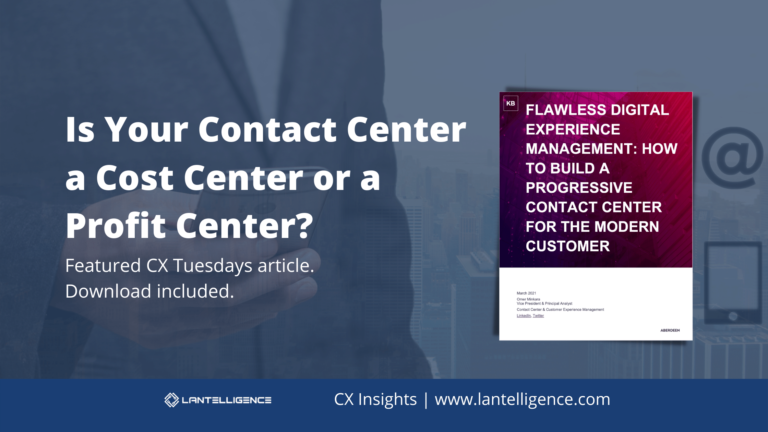Not so long ago, when a customer was interested in a particular technology, they would do research (references, internet, trade shows) and then invite vendors to demo and discuss their technologies. In most cases, the provider/manufacturer of the technology would connect with a local trusted partner from their partner channel for assistance. They would organize and demo the technology to help customers understand how it could help their organization.
This process provided solutions to technical issues by connecting customers with a partner who worked daily with interconnected or integrated technologies and the provider who developed the technology. These demos and discussions also helped foster trust and build relationships. However, as well as this sales tactic worked, it was clear that this process had its faults and weaknesses, which included:
- Time consumption and perplexity of meeting with multiple providers and their teams.
- Difficulty getting a feel for the most suitable solutions with so many players trying to make their solution the best fit.
- Biased providers only talking about their solution and limited perspective on true competitive performance.
- Non-public pricing that gave little insight into what customers should really pay.
Direct Sales Channels/ Independent Sales Channels
As technologies have evolved, so has the way they’re sold to the market. With so many services operating as SaaS now, the perception is that they require a much simpler sales cycle and deployment project. Many of these services are taken to the market through direct or independent (Agent) sales channels. Many companies have seen this as a nice change because they feel that dealing directly with a provider gives them the best information.
By gathering information directly from service providers, the customer usually gets detail and insights into solutions. The problem is they get very limited information about the solution’s real-world performance and how it stacks up against competitors.
When customers use an independent channel the experience is very similar to the direct sales but, they will usually get an unbiased opinion about the features, benefits, drawbacks, and performance of provider solution offering. An independent agent can also narrow down the number of services that best fit the customer’s needs.
This new direct and independent sales channels provides some solid benefits, but are also ripe with challenges that include:
- Inaccurate information by an unreliable source.
- Lack of complete knowledge about the technology or competing technologies.
- Reliance on a remote contact center with limited customer support for a hands off deployment.
- Limited technical depth on how to integrate a new service.
- Up to date unfiltered performance of the service is limited.
- Difficulty identifying, understanding, deploying and supporting the digital transformation while integrating the new technology.
- The absence of an expert that keeps customers current with the latest applications, automation, and integrations.
- Poor access to support and informed resources
As we can see, the sales channels and service cycle of technology needs to continue to evolve rapidly to keep pace with the technology itself.
Master Solutions Partner
The birth of the master solutions partner gives providers a technologically capable mechanism for delivering successful projects and gives customers the perfect service to resolve their issues. A master solutions partner gives the provider the technical liaison they need to design, deploy, integrate, and support their services on a continuous basis. This way, the customer gets complete communication between the provider and the master solutions to give them the perfect service today and going forward.
A master solutions partner provides the perfect channel without the gaps that traditional channels are unable to fill. That includes:
- The expertise to analyze in-depth customer needs to quickly narrow down 2-4 services for an organization.
- Combining the technical experience of their experts with that of the provider’s technical team to give customers the best of both worlds.
- Designing a complete solution for integrations, automation, and workflow process for a customer to truly begin their digital transformation.
- After-deployment support that gives the customer immediate access to an expert technical team that understands all aspects of every issue.
- A dedicated technical resource team that ensures the service is always in peak operational shape and continually evolving to support new requirements.
- Negotiating the best price with unbiased real-time knowledge of the current market.
As knowledge of this service expands and grows to more people, the popularity of utilizing master solutions partners will become the norm in the industry. A master solutions partner creates the perfect bridge between the customer and the provider by providing both parties with what they need to benefit one another.



